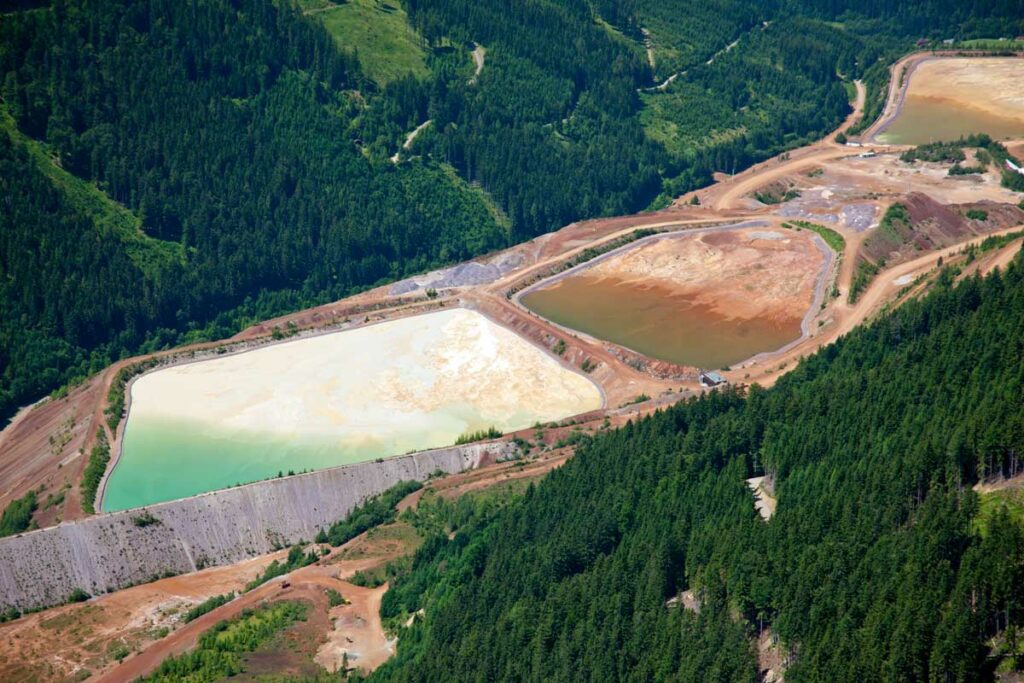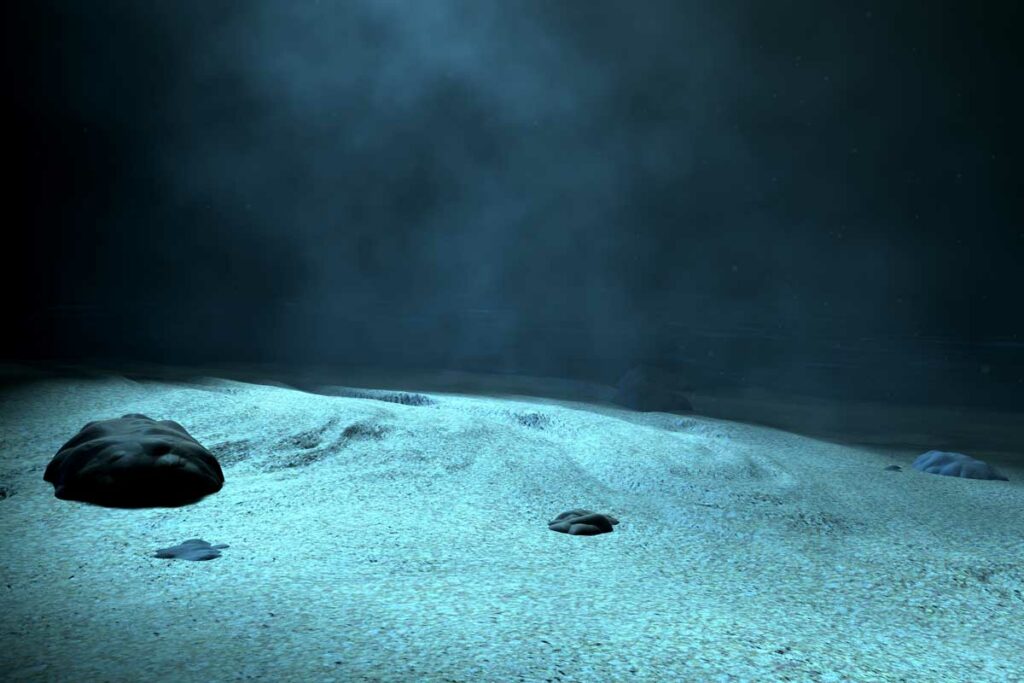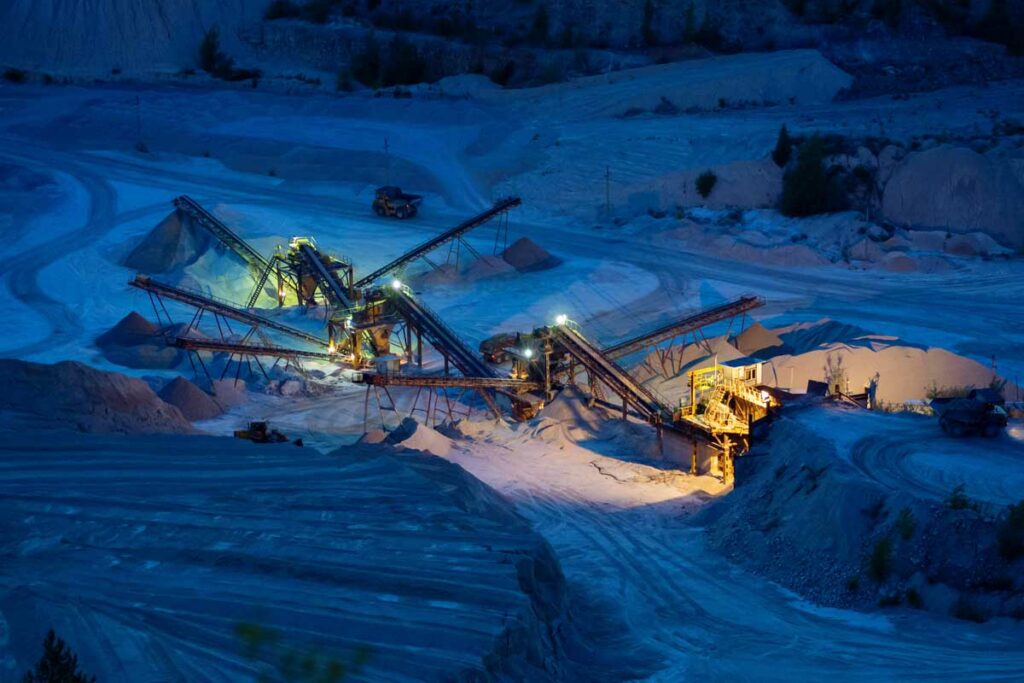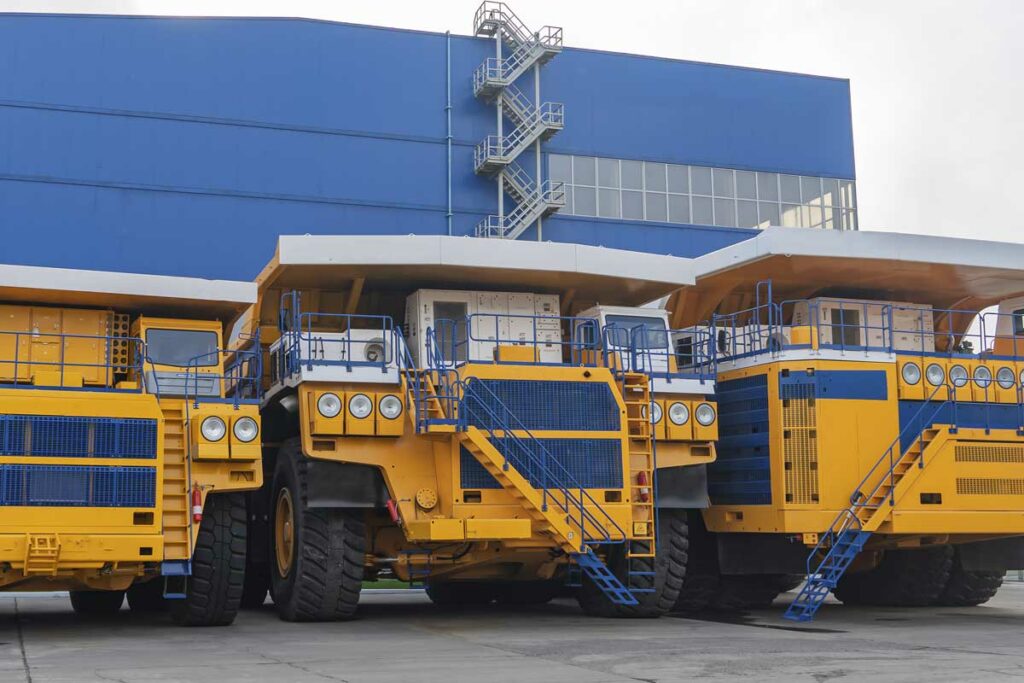Under the Sea Mining
Our Keelan Mooney writes in a series of blog posts exploring how mining will play its part in the race for a carbon-neutral world. He will look at how mining is changing and the challenges for both the mining sector and the insurance world. Here, in part six, Keelan will look into whether the much talked about undersea mining has a place in our future.
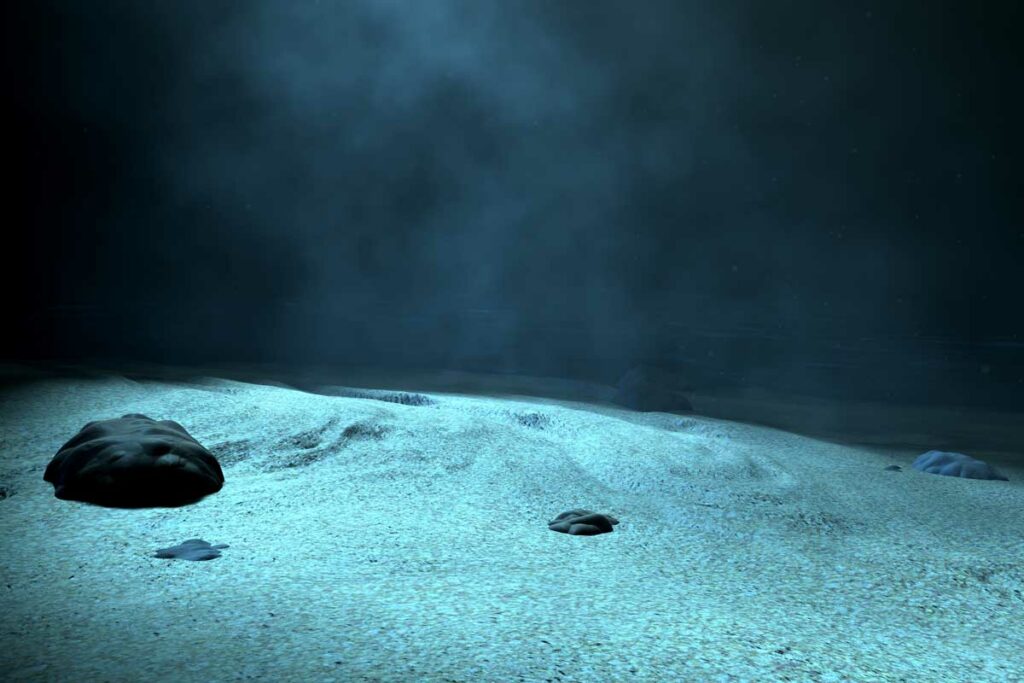
With the drive for increased metals such as copper, zinc, or manganese to use in the advancement of green energy technologies such as wind turbines, solar panels, and electric storage batteries, an alternate mining solution is being studied in the presence of the decrease of terrestrial deposits.
While the mining of alluvial deposits is not new as it is currently done, for example, by Debswana, who mine alluvial diamonds off the coast of Namibia, deep-sea mining is classified as mining below 200 meters from the ocean surface. This area has been classified as the world’s largest untapped collection of rare-earth elements. Mining this area is accomplished by scraping and vacuuming the seafloor, which introduces new risks; technological, environmental, and economic.
Although this is still being studied and data is being collected, seabed mining provides the following challenges required to overcome for it to be successful:
- Destroys habitats, many containing new or undescribed species,
- Releases plumes of sediment that blanket or choke filter-feeding species on the seafloor and fish swimming in the water column,
- Noise, vibration, and light pollution in a zone not normally exposed to vigorous activity,
- Notably large up-front costs.
Due to the growing demand for the metals required in green technologies, there has been a new resurgence in the business case for seabed mining. In fact, a company based in Vancouver, Canada, recently announced that it is raising US$150 million to begin exploring mineral wealth in part of the Pacific Ocean.
Despite a new release of mining regulations released to the industry for mining and exploration purposes, to progress the potential for deep-sea mining, internationally agreed regulations will need to be further refined and addressed to fully understand the impact such an operation can have, as well as guidelines and standards placed to minimize the impacts of deep-sea mining. Generally, a full and concrete understanding of deep-sea mining is still required.
How the Insurance market will address this new mining method should it take off and its evolution will be unique and interesting to follow.

Keelan Mooney, EIT | Loss Adjuster
If you enjoyed this article and want to keep up to date with future chapters, please submit your email address below.
[mc4wp_form id=”20520″]
Please note: Submitting your email address subscribes you to this blog series only. You can unsubscribe at any time via the link in the email.

